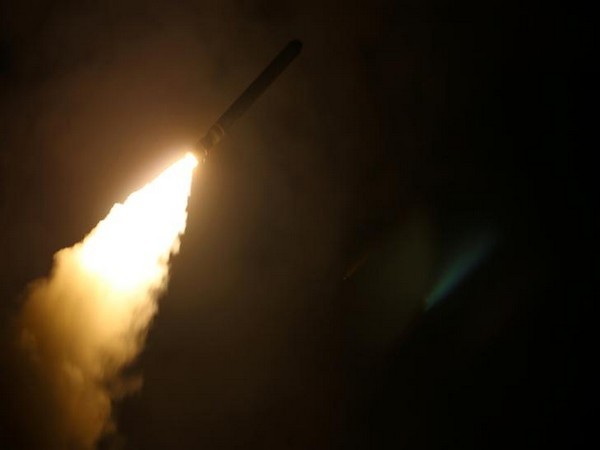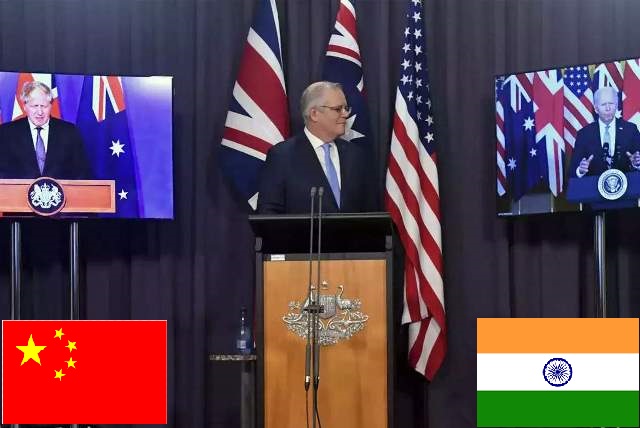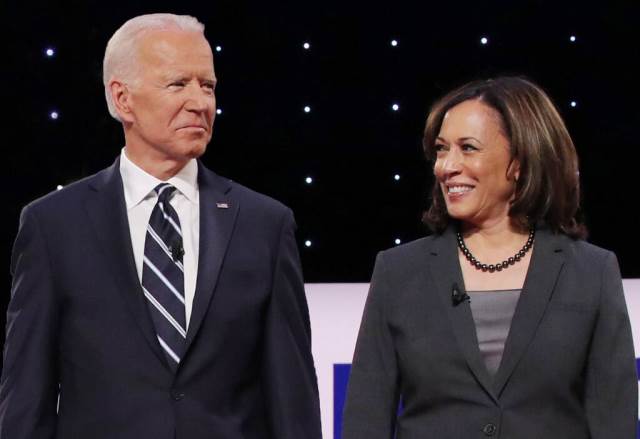With the AUKUS, Quad and continual usage of the term Indo-Pacific to refer to the strategic environs of Asia, it is beyond doubt that the United States of America is pursuing geographic containment of People’s Republic of China. The strategy in large measure is similar to the containment policy vis-à-vis the USSR during the Cold War. China has reciprocated with increased naval and air activity across the Taiwan Straits, in the South China Sea, in the Indian Ocean region and in Africa. It has direct ramifications for India’s geopolitics.
The ongoing border standoff with India since May 2020 is one of the important tools by China to assert its authority in the South Asian region. Chinese designs of a free-flowing global infrastructure through the Belt and Road Initiative (BRI) and the Maritime Silk Road (MSR) facilitating its trade networks, however, reached a dead end at India’s borders.
India plays a significant role in South Asian affairs due to its geography and the historical and cultural ties with most of the countries in South Asia. Furthermore, for strategic minds in Washington, India plays a dual role; a) a counterweight to China in the larger Asian calculations and b) the continental containment of China depends on the Indian subcontinent.
The AUKUS, a tripartite alliance of the United States, the United Kingdom and Australia based on naval technology transfer and sale of advanced submarines to Australia by the former countries has raised concerns in Beijing.
The French with a significant presence in the Indian Ocean, however, have not taken kindly to the AUKUS. Australia had already signed an agreement with France for advanced submarines, which was scrapped in favour of the UK. Several commentators have suggested that the AUKUS is an alliance of Anglophone states. Reverberations of the AUKUS have been felt in the G7 and led to exchange of harsh words between the leaders of France and the UK.
The AUKUS combined with US allies and friends in South Korea, Japan, and Philippines is a very potent encirclement strategy to deter the Chinese. Secretary Blinken’s visit to Indonesia and Malaysia this week indicates towards a US strategy to influence and create linkages in the ASEAN to regain the lost economic ground in the region.
India, on the other hand, is a collaborator with French in terms of naval exercises in the Indian Ocean region. Delhi has also been a traditional buyer of French weapon systems and arms. The much-publicized recent sale and delivery of the combat aircraft Rafale is a case in point.
The AUKUS deal therefore provides an opportunity for India to adopt a more autonomous stance in the Indian Ocean Region. Such autonomy may be countenanced with the European Union’s announcement of Indo-Pacific strategy.
ALSO READ: China’s Forays Into Ports Have Deep Currents
For India, its participation in the QUAD allows for its interactions with the United States, Australia and Japan in the region. The advantage of such multilateral groupings is that India avoids direct confrontation with the Chinese in the Indian Ocean and the Indo-Pacific region and remains an important player in the US containment designs in the maritime domain.
India’s protracted and continuing border standoff resulting from Chinese incursions in Ladakh during May 2020 has caused anxieties in New Delhi as well as in Beijing. The standoff has improved India’s stock in the international community as the Indian armed forces backed by the Indian government have faced the Chinese with a steely resolve.
The hard border with China and India’s decision to not join the BRI and the standoff are perhaps linked, but this has resulted in denial of a strategic route into the Indian Ocean for the Chinese. This leads to perhaps the only blockade for the Chinese BRI and the huge infrastructure projects which it runs on the Eurasian landmass. For the US, therefore, India translates into a partner which can challenge China on land and can restrict its geostrategic reach into the maritime domain.
US faces challenges in the Indian subcontinent as it grapples with the Taliban in Afghanistan and a Pakistan clearly disposed towards the Chinese. In this situation, it is not an exaggeration to call China, Pakistan, and the Taliban as staunch allies.
India, therefore, will play a substantial role in the Indian Ocean region, in the global geopolitical architecture. India’s role will be enhanced in the subcontinent, but only with the multilateral networks it will adapt to. All these efforts have been directed towards to curtail unprecedented Chinese belligerence and diplomatic aggression.
Conspiracy theorists point to Chinese role in the death of high-ranking army officials in Taiwan (October 2020) and India (December 2021) in helicopter crashes. Whether true or not, the Chinese with their secretive and covert disposition are certainly capable of such sabotage. In the Indian case, an investigation committee has been set up to locate and unearth the causes of the crash which killed Chief of the Defence Staff General Bipin Rawat on December 8.
In conclusion, it is only wise to say that the Chinese with their negative intent and actions have caused this string of alignments in the region and now are certainly feeling the pressure through increased US activity in the Indo-Pacific region through QUAD and now the AUKUS. India stands to benefit with increased strategic approach combined with the economic gains it has made over the last two decades.


